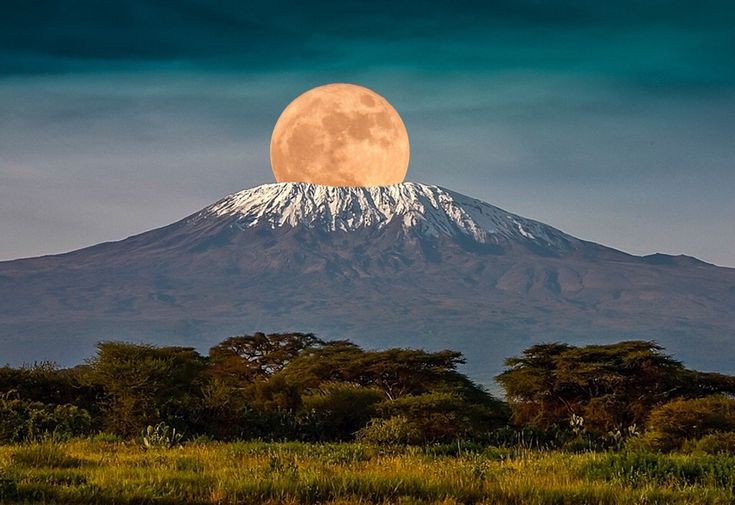Many African countries have long debated how to ensure that mineral resource wealth contributes to long-term economic development.
It is an especially pressing issue in resource-rich countries that perform poorly on various development indicators.
Too many countries export resources, often through multinational corporations, while citizens receive little benefits from the endowment.
This is primarily caused by unfair concession agreements and mismanagement of resource revenues.
Sam Moyo is a Late Agrarian Scholar. In one of his literary works, he argued that land redistribution in the 2000s opened up potent possibilities for imagining novel approaches to ‘belonging’ in rural territories. He said this resulted in new artisanal mining activities and farming changes.
He characterized interviewees in Kwekwe who saw the proliferation of artisanal gold mining as reflecting the ‘liberation of mineral reserves, which had been hidden under the monopolistic large-scale commercial farms.
Years later, mining/farming nexuses continue to shape rural labour trajectories and require close examination.
As a result, questions like “How do I choose a location to explore for ore deposits?” will always arise.
You will often receive responses such as (depending on two factors): is the resource there and is the country friendly to miners?
For miners to explore, both must be present.
How, then, do we tap into Africa’s gold Mining industry is a definite question that must then follow.
The first reaction would be to show the young ones how it is done.
Those who have gone before us have frequently brought the fish home.
However, it is critical to remember to teach the youth how to fish and to avoid bringing the fish home.
Many skills and talents will be lost if Africans, especially the youths are not trained properly on how to prospect and mine gold.
For example, high youth unemployment is widespread in Africa, and the labour market is struggling to accommodate the millions of young people entering the labour force each year.
As a result, the mining industry has been a significant employer and has played an essential role in the development and growth of the continent.
Hiring young, energetic and skillful workers in gold mines will increase gold products on the continent, which will contribute to the continent’s development.
This, however, should not pave the way for the use of child labour.
Another way to tap into Africa’s gold mine potentials is to invest in relevant technology that allows you to mine for larger masses of gold over more extensive areas at extraordinary depths.
Trucks, drills, explosives, processing plants, and even automated robots are examples of equipment and tools needed for these advancements.
Here is a quick note.
Over the years, disastrous spills have compelled the gold mining industry to change its cyanide handling practices by establishing new standards for transporting and storing the chemical.
Mining operations can potentially have a significant environmental impact throughout their life cycle, from discovery and construction to operation and closure.
All of these factors have significantly impacted the perception of mining and may have an even more significant impact on the future of gold exploration.
Thus, investing in promising technology is the only way to tap into Africa’s gold mines.
Another method is to raise awareness about the value of gold on the continent.
Gold mining companies contribute significantly to host government revenue.
While gold mining is a significant contributor to socioeconomic development, it also has a positive impact as an asset class.
As a reserve asset, gold also contributes to global financial stability.
These are just a few of the many advantages that gold provides.
Africans need to be taught the significance or impact of gold and make them aware of how valuable this mineral is or else international investors will seize our minerals and sell them back to us.
Therefore, raising awareness is critical to realizing gold mining on the continent.
It is worth noting that the global average annual gold production over the last five years has been around 2,400 metric tons (MT).
Africa accounts for 20% of that volume (480MT).
South Africa is the continent’s largest producer, averaging nearly 250MT per year, accounting for slightly more than half of the continent’s output and about 10% of global work.
It is one of only three African countries ranked among the top ten gold producers in the world.
The other major African gold producers are Ghana, Mali, Tanzania, and Guinea.
At least 34 African countries produce gold, but only about 20 have made more than a ton per year so far.
China, the United States, Australia, South Africa, and Russia are the world’s top gold producers (in that order).
In addition to mined gold, recycling accounts for an additional 1,500MT of annual global output on average.
With these statistics in place, it is fair to say that other African countries should be aware that now is the time to invest in gold mining in order to join countries such as South Africa in the top ten global ranking.



